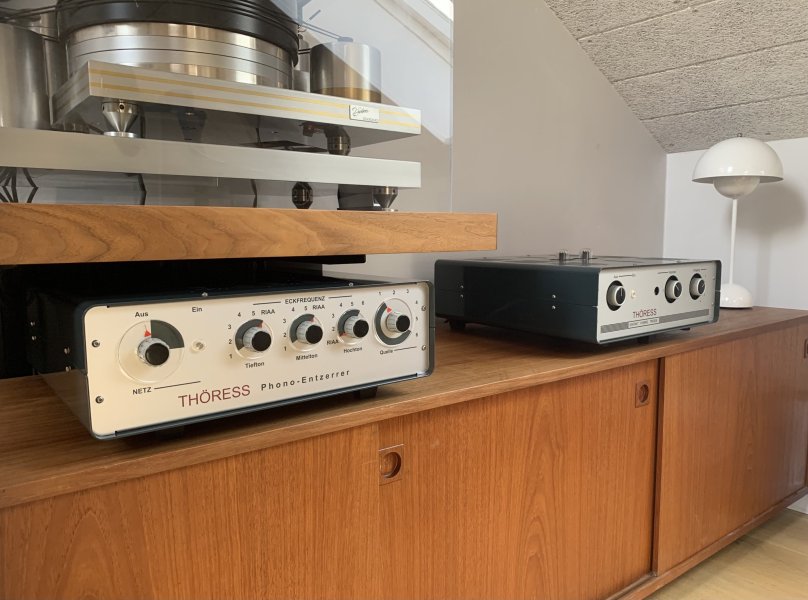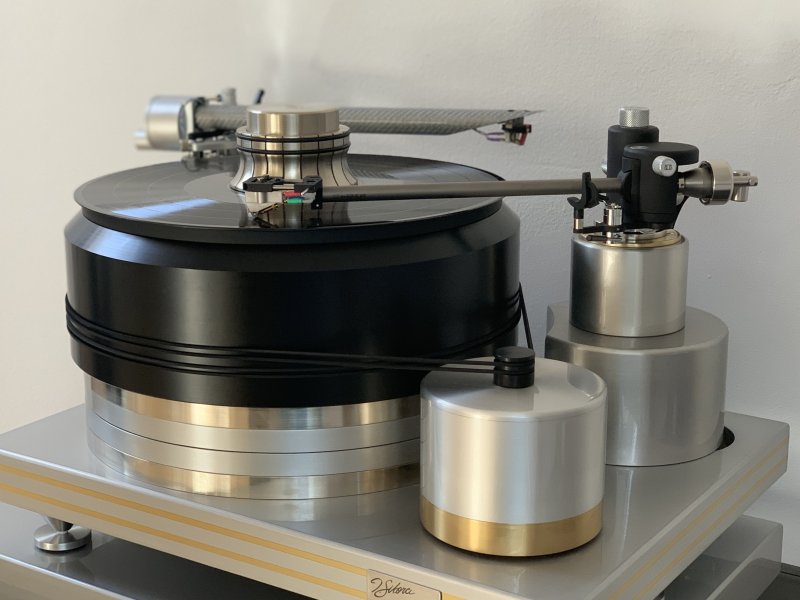Welcome Mikko 
Split cross over:
I made the crossover with all parts on one large board, as you can see from my pictures. The crossovers Tony Gee is making has the components located on two boards. Meaning, parts split on two boards. No change in function, no change in sound, it’s just better for the way he builds cross overs, and it might be slightly easier to get the crossovers into the cabinet.
Removing yellow bracing:
I can say for sure, it has no structural implication to remove it. They put the bracings in there for resonans control, so in theory, and I say in theory, you might be able to measure a tiny difference, if you make laser analysis, or similar, of the back side of the cabinet while playing bass heavy music at very loud levels. But on the other hand, the much heavier crossover installed on the cabinet back panel will dampen the back of the cabinet. So in theory, and again this is theory. If you make laser analysis, or similar, with the new cross over in place, you might measure sligtly lower resonance on the back panel. These are extremely theoretical speculations, and I will bet my pair of upgraded speakers, that noone can hear the difference on these speakers with or without the small yellow bracing.
However, if you do not wan’t to remove the bracing, there is no way to install the crossover inside the cabinet. Impossible.
External crossover.
Yes, I considered this, and have talked about it earlier. This has theoretical benefits mainly that the crossover components are not inside the cabinet with it’s pressure and vibrations, but negatives with the external crossovers are more connectors in the signal path, more boxes, and speakers that no longer look stock. For me it was important to keep the speakers looking stock, not having a big box on the floor behind them. Others would consider it better with external crossovers. You can use the crossovers from Tony Gee for external use, but it’s a different project, and you would have to figure this out yourself.
Split cross over:
I made the crossover with all parts on one large board, as you can see from my pictures. The crossovers Tony Gee is making has the components located on two boards. Meaning, parts split on two boards. No change in function, no change in sound, it’s just better for the way he builds cross overs, and it might be slightly easier to get the crossovers into the cabinet.
Removing yellow bracing:
I can say for sure, it has no structural implication to remove it. They put the bracings in there for resonans control, so in theory, and I say in theory, you might be able to measure a tiny difference, if you make laser analysis, or similar, of the back side of the cabinet while playing bass heavy music at very loud levels. But on the other hand, the much heavier crossover installed on the cabinet back panel will dampen the back of the cabinet. So in theory, and again this is theory. If you make laser analysis, or similar, with the new cross over in place, you might measure sligtly lower resonance on the back panel. These are extremely theoretical speculations, and I will bet my pair of upgraded speakers, that noone can hear the difference on these speakers with or without the small yellow bracing.
However, if you do not wan’t to remove the bracing, there is no way to install the crossover inside the cabinet. Impossible.
External crossover.
Yes, I considered this, and have talked about it earlier. This has theoretical benefits mainly that the crossover components are not inside the cabinet with it’s pressure and vibrations, but negatives with the external crossovers are more connectors in the signal path, more boxes, and speakers that no longer look stock. For me it was important to keep the speakers looking stock, not having a big box on the floor behind them. Others would consider it better with external crossovers. You can use the crossovers from Tony Gee for external use, but it’s a different project, and you would have to figure this out yourself.
Last edited:


















